Neuroscience
-
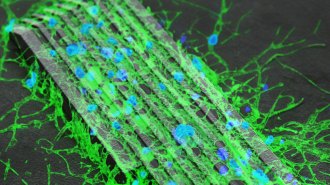 Neuroscience
NeuroscienceTiny, magnetically controlled robots coax nerve cells to grow connections
Research using microrobots and nerve cells from rats could point to new treatments for people with nerve injuries.
-
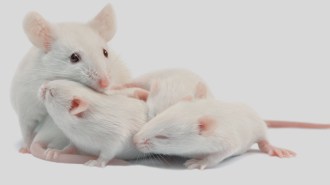 Neuroscience
NeuroscienceA mother mouse’s gut microbes help wire her pup’s brain
The pups of mice lacking gut microbes, and the compounds they make, have altered nerve cells in part of the brain and a lowered sensitivity to touch.
-
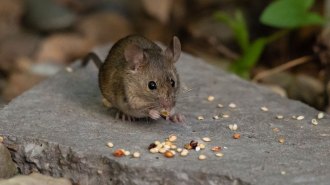 Neuroscience
NeuroscienceNewly discovered cells in mice can sense four of the five tastes
Some cells in mice can sense bitter, sweet, sour and umami. Without the cells, some flavor signals don’t get to the ultimate tastemaker — the brain.
-
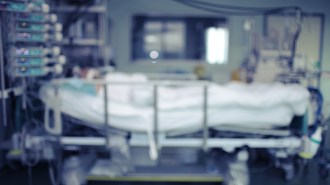 Neuroscience
NeuroscienceNew guidance on brain death could ease debate over when life ends
Brain death can be a tricky concept. Clarity from an international group of doctors may help identify when the brain has stopped working for good.
-
 Neuroscience
NeuroscienceBoosting a liver protein may mimic the brain benefits of exercise
Finding that liver-made proteins influence the brain may advance the quest for an “exercise pill” that can deliver the benefits of physical activity.
-
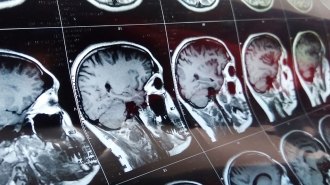 Health & Medicine
Health & MedicineStrokes and mental state changes hint at how COVID-19 harms the brain
In a group of people severely ill from the coronavirus, strokes, psychosis, depression and other brain-related changes come as complications.
-
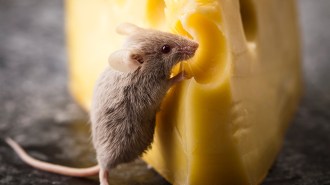 Neuroscience
NeuroscienceHow to make a mouse smell a smell that doesn’t actually exist
The ability to create a perception might lead to a deeper understanding of how the brain makes sense of the world.
-
 Neuroscience
NeuroscienceThe way the coronavirus messes with smell hints at how it affects the brain
Conflicting reports offer little clarity about whether COVID-19 targets the brain.
-
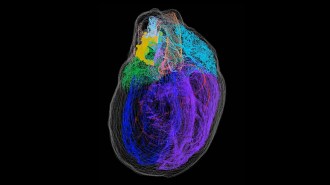 Neuroscience
NeuroscienceA new 3-D map illuminates the ‘little brain’ within the heart
Microscopy and genetic studies yield a comprehensive map of the nerve cells found in the heart of a rat.
-
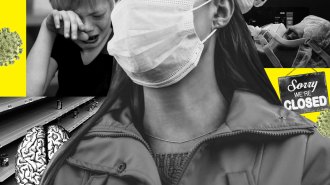 Neuroscience
NeuroscienceHow coronavirus stress may scramble our brains
The pandemic has made clear thinking a real struggle. But researchers say knowing how stress affects the brain can help people cope.
-
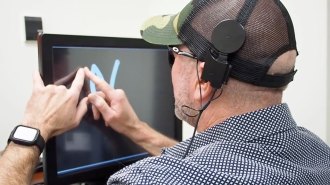 Neuroscience
NeuroscienceBlind people can ‘see’ letters traced directly onto their brains
Arrays of electrodes can trace shapes onto people’s brains, creating bursts of light that people can “see.”
-
 Neuroscience
NeuroscienceA game based on Simon shows how people mentally rehearse new information
Signs of learning echo through people’s resting brains.